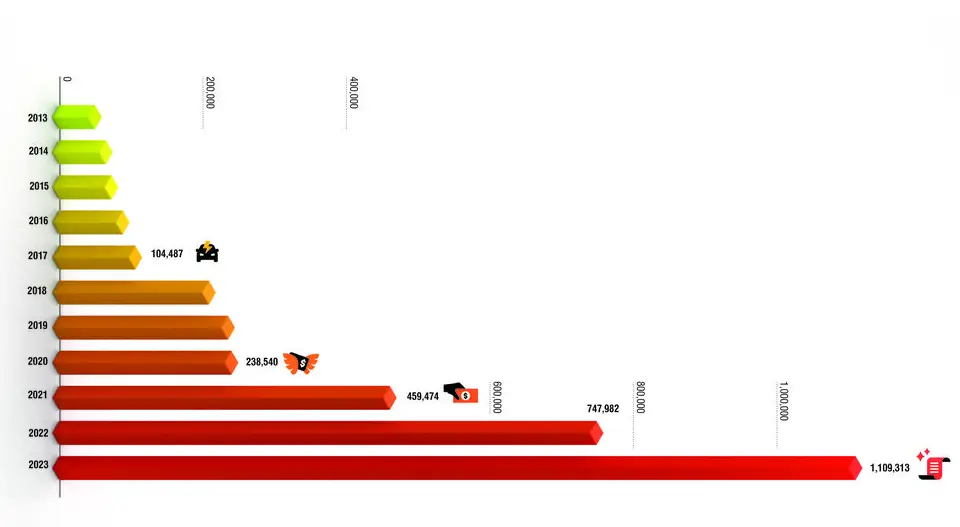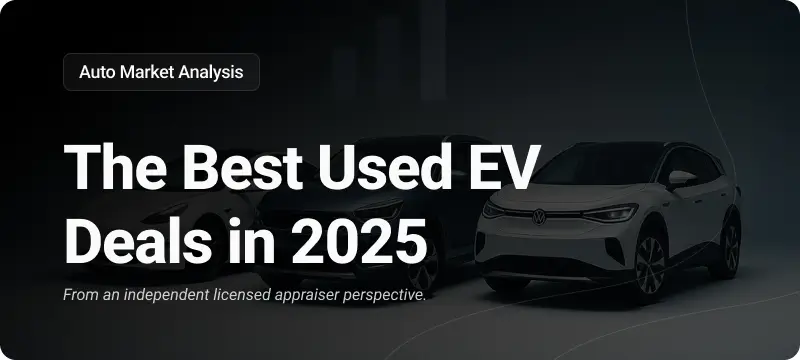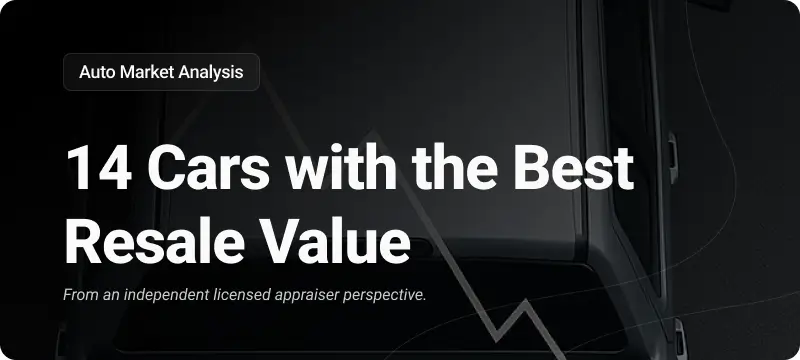In the midst of a revolutionary shift in the automotive industry, electric vehicles (EVs) have surged past old milestones, setting impressive new records. It was a scenario many could only dream of a decade ago: quiet, efficient, and sleek cars gliding down city streets, heralding a new era of transportation.
Automakers touted bold plans, ramping up production lines and rolling out one electric model after another, promising an all-in approach. Yet, despite the celebrations of surpassing previous years’ sales, a shadow looms over the festivities—the stark reality of missed market forecasts.
It’s a tale of ambition and caution, of how reaching for the stars sometimes leads to a hard landing on solid ground.
EV Sales Hit Record Highs but Miss Market Forecasts (PDF)
Growing Pains in the Electric Dream
The path of EVs hasn’t been the smooth electric slide manufacturers anticipated. For every headline of record-breaking sales, there’s a sobering footnote: the numbers aren’t adding up to the projections set by automakers and industry analysts. It’s a complex narrative where ambition meets the harsh road of market reality.
In 2023, EV sales charged ahead with vigor, especially in the United States. Growth leaped nearly 50 percent from the previous year, electrifying the market with over a million sales. Yet, these numbers, while impressive, still trailed behind the optimistic projections set by automakers and market analysts. This dissonance between expectation and reality begs the question: What is causing this electric disconnect?
The Highs and Lows of Market Expectations

Shifting to a more granular view reveals an industry grappling with its identity and direction. The year 2017 brought the first glimmers of mass-market EVs under $40,000 with the Chevy Bolt and Tesla Model 3.
Consumers, enticed by new options and federal incentives, began to seriously consider EVs. However, as GM and Tesla hit their cap for the $7,500 federal tax credit in 2020, a cool breeze hit the market. The reduction in incentives led to a recalibration of buyer’s interests.
By 2021 and 2022, the roads were more diversified with various battery-electric models. The market was ripe, and incentives were reinstated in different forms, yet the expected boom seemed to fizzle out as projections remained unmet.
It was in 2023, with the updated EV tax-credit rules, that the mismatch became apparent. The market was growing, yes, but not at the pace of the lofty promises made by automakers.
The Twists and Turns of Automaker Promises
Manufacturers have been quick to announce their EV-centric visions. GM aimed for an all zero-emission lineup by 2035, Nissan eyed a future where more than half its sales were electric by 2030, and Jaguar expected to go completely electric by 2025. Ford projected sales of over 2 million EVs by 2026. But these promises now hang in the balance, as the reality of production, demand, and competition sets in.
It’s clear that in some instances, automakers may have misread the market’s readiness and willingness to embrace EVs. High-profile vehicles like the Ford F-150 Lightning and the GMC Hummer EV Pickup show that while there’s a market for electric trucks, it might not be as large or as lucrative as once thought. The gap between the EVs consumers want and the EVs automakers are producing seems to widen with each passing fiscal quarter.
Conclusion: Navigating the Crossroads of Change
As we drive forward, the narrative of EVs is still being written. Sales records are being shattered, but they’re just one part of a much larger story that includes economic factors, consumer behavior, and the ever-evolving landscape of technology and regulation.
In the race to electrify the automotive industry, it seems that the industry’s own projections have outpaced consumer adoption. Automakers are learning that it’s one thing to promise a revolution, but quite another to bring everyone along for the ride.
As they reevaluate their strategies and consumers continue to warm up to the idea of electric vehicles, there is still hope that the projections might one day align with reality. After all, isn’t progress about the journey rather than the destination?
But one can’t help but wonder, as we plug into the future of transportation, are we charging towards a sustainable revolution or just running on the high of temporary success?





